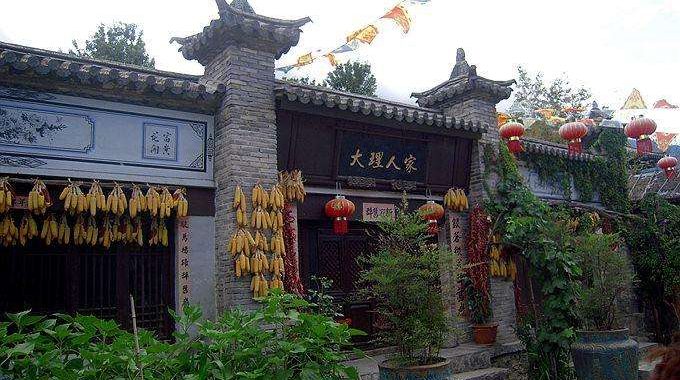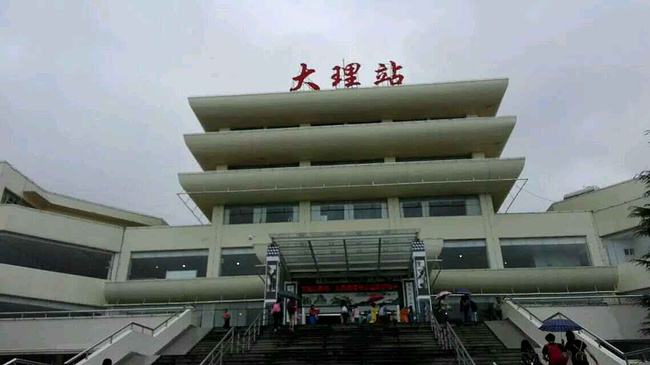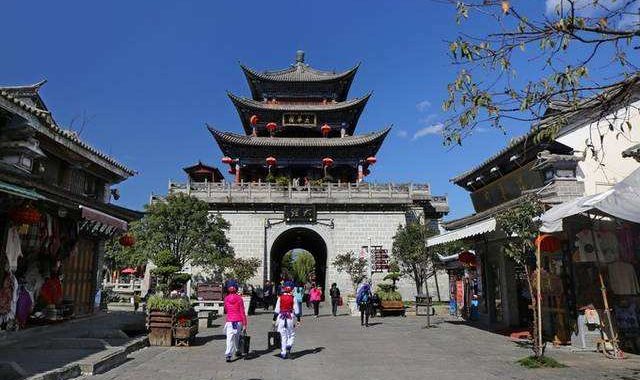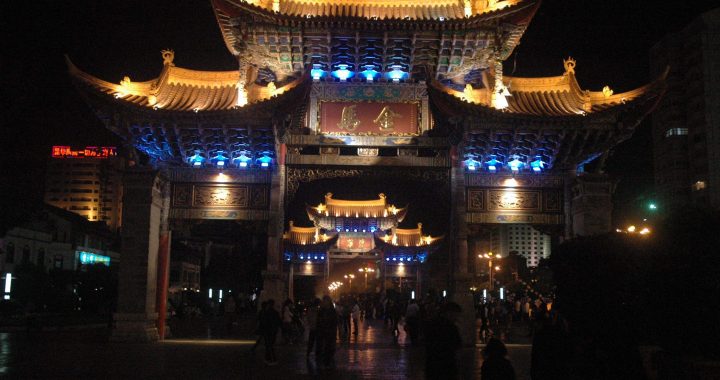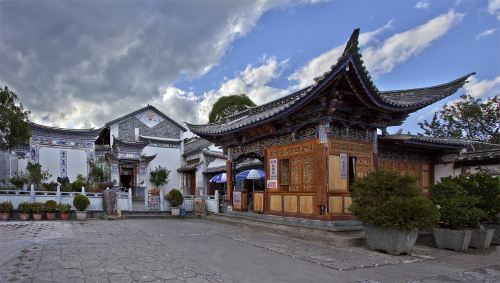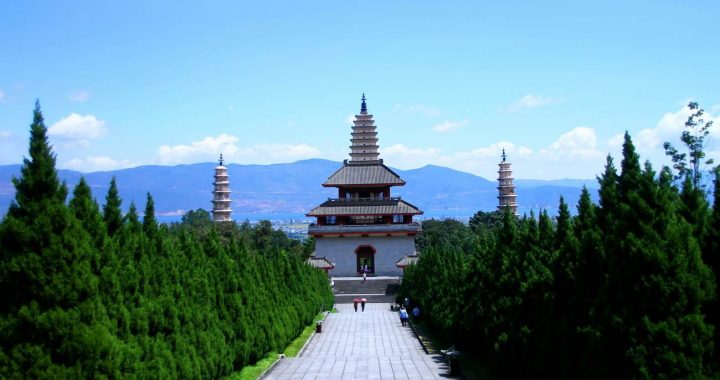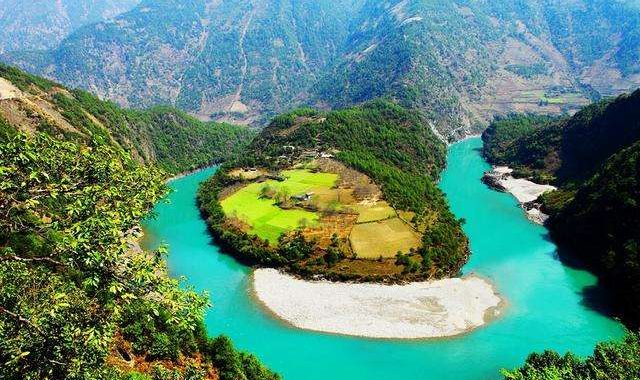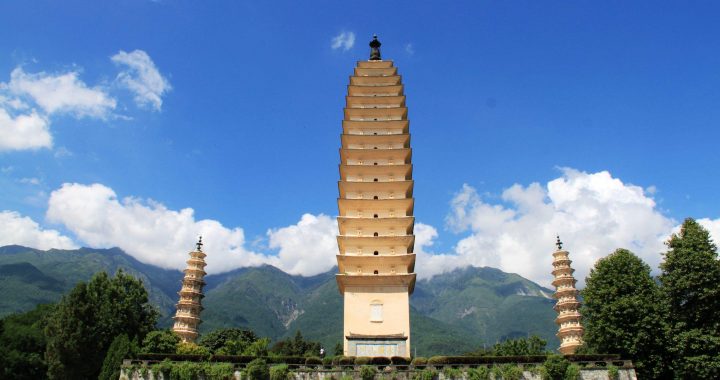AROUND DALI
3 min readSeveral superb natural and cultural sights are outside“old”Dali’s walled city gates.Be adventurous and be ready to move distances.A 10-minute bicycle ride from Dali takes you to the shores of the breathtaking Erhai Lake(erhai hu).On its eastern banks is Wase Village(wasecun)where souvenir hunters thrive every five days.You can ride around the lake and meander through Xizhou,Zhoucheng and Shaping villages.The isle in the center is rocky Putuo Island(putuodao),which retains a Buddhist population and several ruins,including the Lesser Putuo Temple(xiaoputuosi).
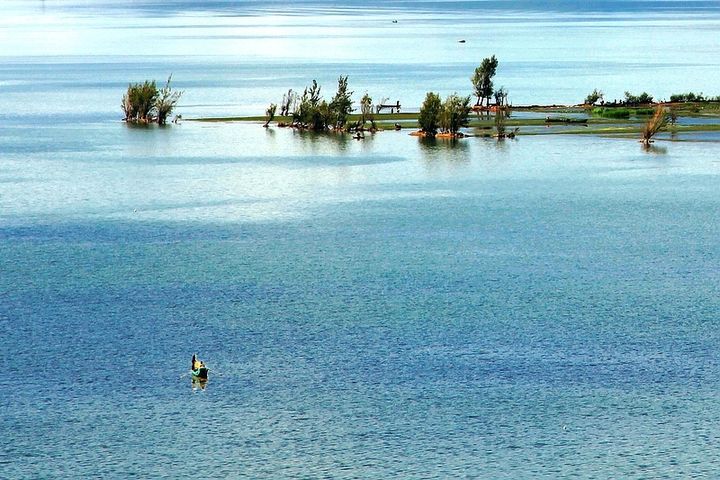
For a short island trip,hop onto a boat from Caicun dock some 3 miles(5 km)east of Dali and watch trained cormorants with nooses around their necks pick the day’s catch.
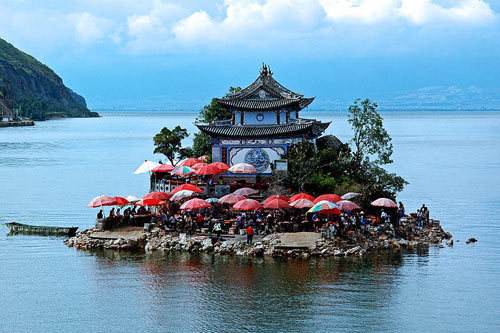
Board a passenger ferry at 9am from Xiaguan Erhai Lake Docks(erhai matou).
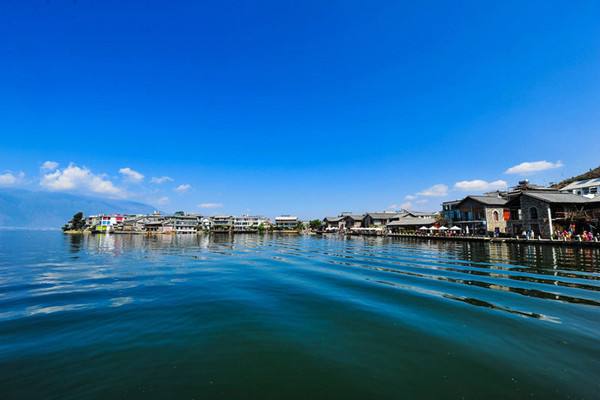
Skim along the eastern side of Erhai Lake and catch a glimpse of Golden Spindle Island(jInsuo dao),Putuo Island,Guanyin Ge(guanyin ge)and Nanzhao Fengqing Island(nanzhao fengqingdao).The ferry finally rests on the west bank of Erhai Lake near Butterfly Springs(hudie quan ),where thousands of butterflies congregatein springtime.From here,hop onto a bus to tour Butterfly Springs,the old city of Dali and the Temple of the Three Pagodas(santa si),then head back to Xiaguan at 4:30 pm.Several travel agencies in Xiaguan offer this tour,which costs around RMB 180.The price includes boat fare,admission,bus fare,lunch,a Bai”three courses of tea”on the boat and a Chinese-speaking guide.A half-day tour,which doesn’t include lunch,is also available.This tour stops at the west bank and costs about RMB 90.
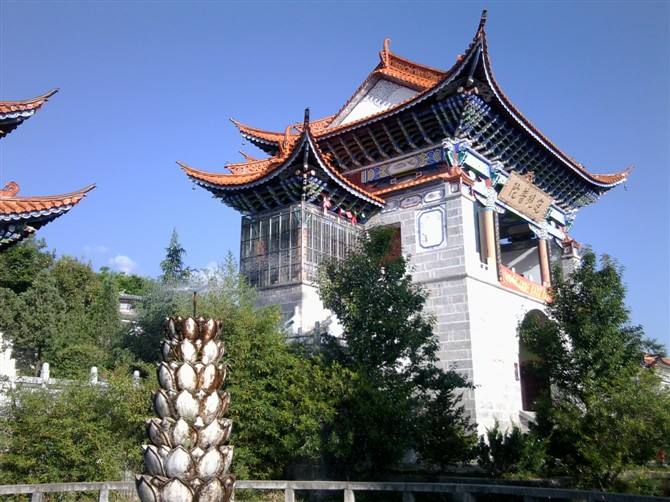
For an aerial view of the lake,head to the top of Zhonghe Temple(zhonghesi).
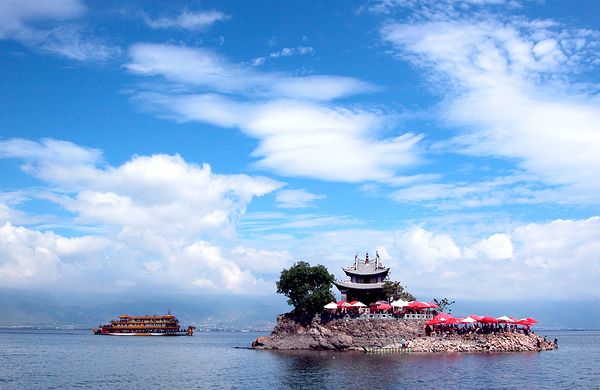
The 20-minute cable car ride to the temple gates is RMB 35 and the cobalt Erhai Lake sprawls below.As your cable car skims the canopies of pine forests,you’ll pass over old cemeteries.

An obvious landmark is the Temple of the Three Pagodas,situated northwest of Dali.Theoriginal structures were built in the 9th century but destroyed by a fire in the 19th century.While being rebuilt in 1978,600 relics dating from the Nanzhao period were discovered in the pagodas,adding to their prestige.The tallest,called Pagoda of the Thousand Searches(qianxun ta),stands 230 feet(70 m)high and is comprised of 16 levels,and flanked by two ten-story octagonal pagodas.These structures not only store the ashes and bones of saints,scriptures and precious objects,they also invoked Buddha’s protection against natural disasters.The marble stele in front of the Pagoda of the Thousand Searches bears the characters”Yong Zhen Shan Chuan”which means,“Forever subdue the mountains and rivers.”Just behind them is the Temple of the Exalted One(chongsheng si),which is a museum detailing the history and construction of the pagodas.
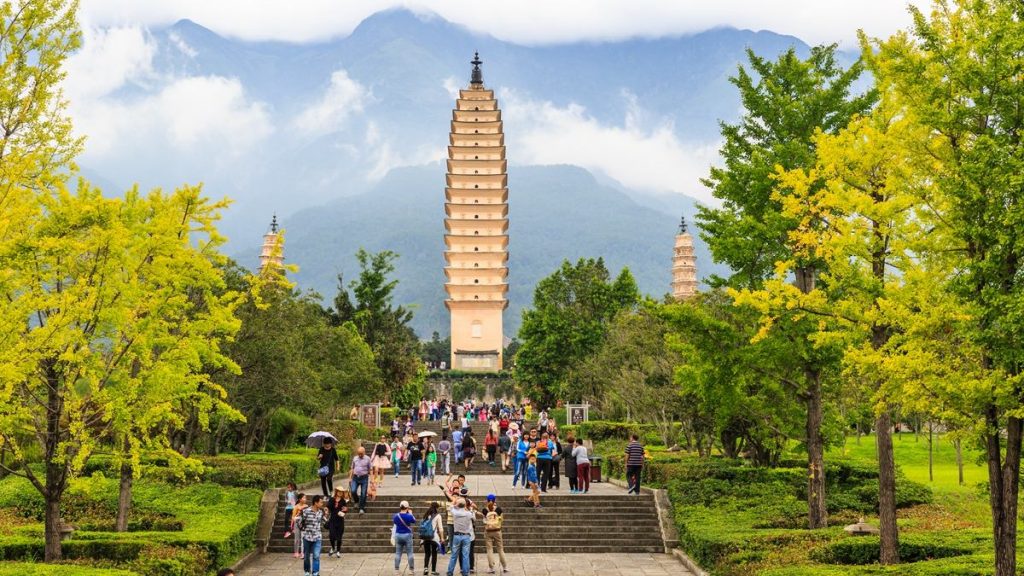
Follow the trail near the pagodas if you want to do some hiking.At the end of the 6-mile(10 km)trail through pine forests are several natural pools and a waterfall waiting to soothe tired feet.If that hike gets your adrenaline pumping,and you’re looking out fon more adventure,trek around stunning Cang Shan’s 19 peaks,soaring 13,120 feet(4,000 m)high.Your meanderings may take you to the forgotten Yita Temple(yita si).Withinthe temple walls is a mysterious 10th century pagoda completely sealed in the quiet landscape.

